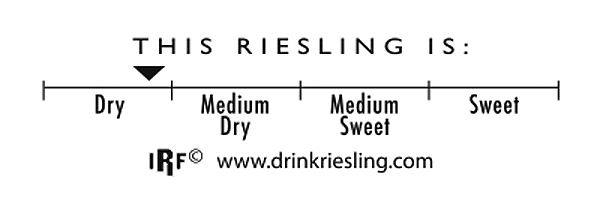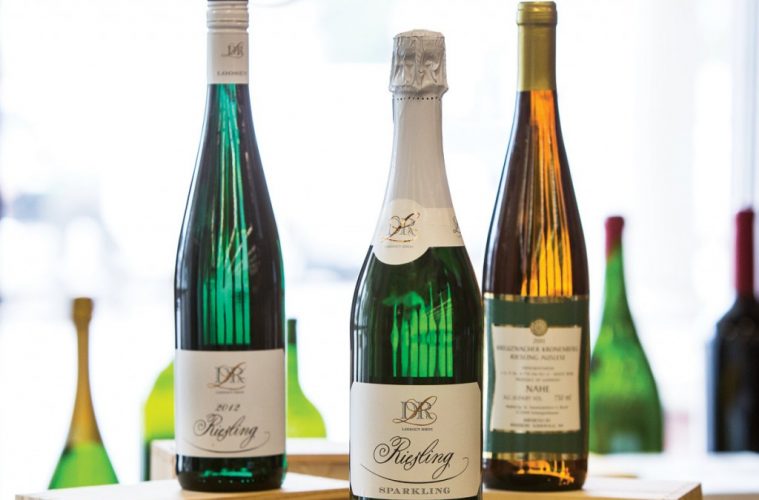This fall, learn the language of German wine.
When we celebrate Oktoberfest (or die Wiesn, as the Germans call it), we usually partake in pork, pretzels, potato pancakes, and, of course, beer. But this centuries-old Bavarian tradition is also the perfect time to consider German wines. Not as popular as their neighboring European imports from Italy and France, German wines can be confusing; the regions and grape varietals can be hard—if not impossible—to pronounce, and complicated wine labels are often difficult to decipher.
“People have difficulty understanding German wines because they are labeled by region (there are 13; Rheingau, Mosel, and Baden are a few), then by the town in which the wine is produced, then by degree of sweetness (Kabinett, Spätlese),” says Sam Messina, who owns The Wine ConneXtion in North Andover with his sister, Tina Messina. The grape is also usually listed, and while hundreds of varietals exist in the region, most of us only recognize the name of a few popular ones, like Riesling or Gewürztraminer.
In fact, Riesling and Müller-Thurgau grapes account for 35 percent of Germany’s vineyards, while over 11 percent consist of a red varietal called Spätburgunder, or Pinot Noir. This German Pinot Noir is the darling of critics and connoisseurs around the world at the moment, so expect to see more popping up on wine lists and retail shelves.
Beyond the tongue-twisting translations, German wines have also (wrongly) been labeled as sweet. Interestingly enough, two-thirds of wines produced in Germany are actually dry in style. The Messina siblings say this distinction is a good starting point for learning what type of German wines you prefer. “First, know if you like your wine dry (Trocken) or fruity (Spätlese or Auslese). This will help you to choose your style of wine. There are seven levels (or grape ripeness classifications), ranging from very dry to very sweet, and understanding these styles will direct you to the right wine for you, regardless of the varietal.”

Crisp and fruity Riesling is the most widely known German wine, and it also has the biggest range in flavor, from bone dry to tooth-tinglingly sweet. To help consumers learn what to expect from a bottle, The International Riesling Foundation developed a Riesling Taste Profile graphic that producers can add to the back of their wine labels.
A few more reasons to add German wines to your repertoire: They’re easy to drink, lower in alcohol, and high in acidity, which make them a match for many foods. The Messinas recommend pairing German wines with spicy cuisine, like Chinese, Thai, Mexican, or Spanish, and with seafood or mild cheeses. A few of their favorites available at The Wine ConneXtion are Dr. Loosen Sparkling Riesling N/V ($11.99), Dr. Loosen Dr. Riesling QbA 2011 ($9.49), St. Antonius Kreuznacher Kronenberg Auslese 2011 ($9.99), and Villa Wolf Rose of Pinot Noir 2012 ($9.99).
The Wine ConneXtion, 117 Main St #2, North Andover, MA 01845, 978-965-8000, wineconneXtion.com

